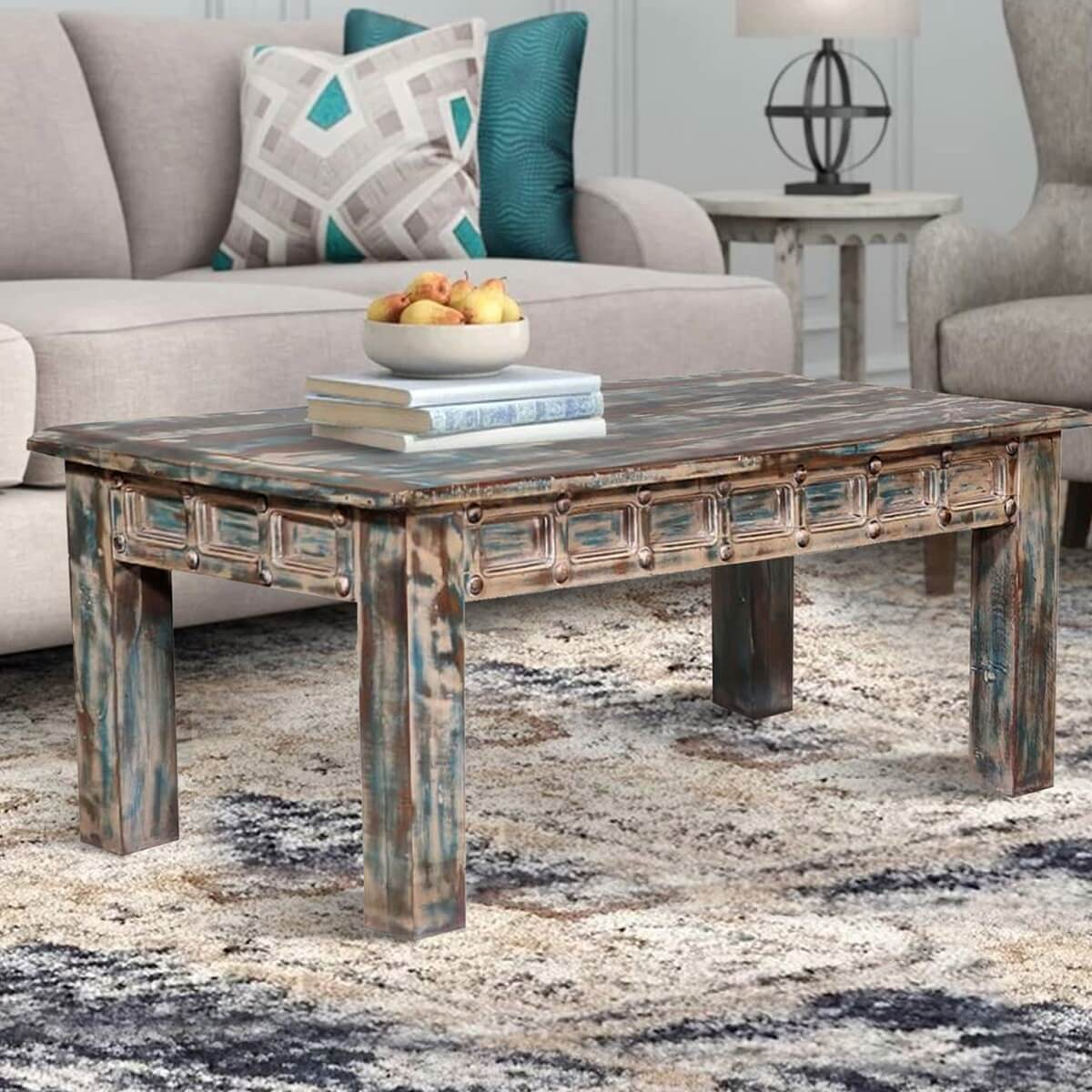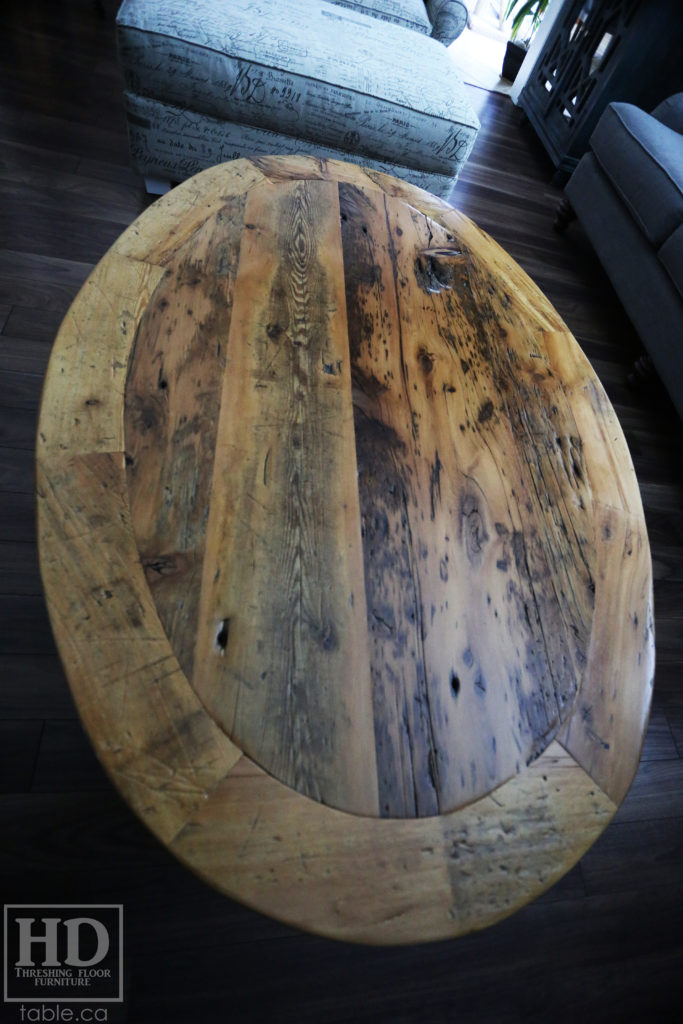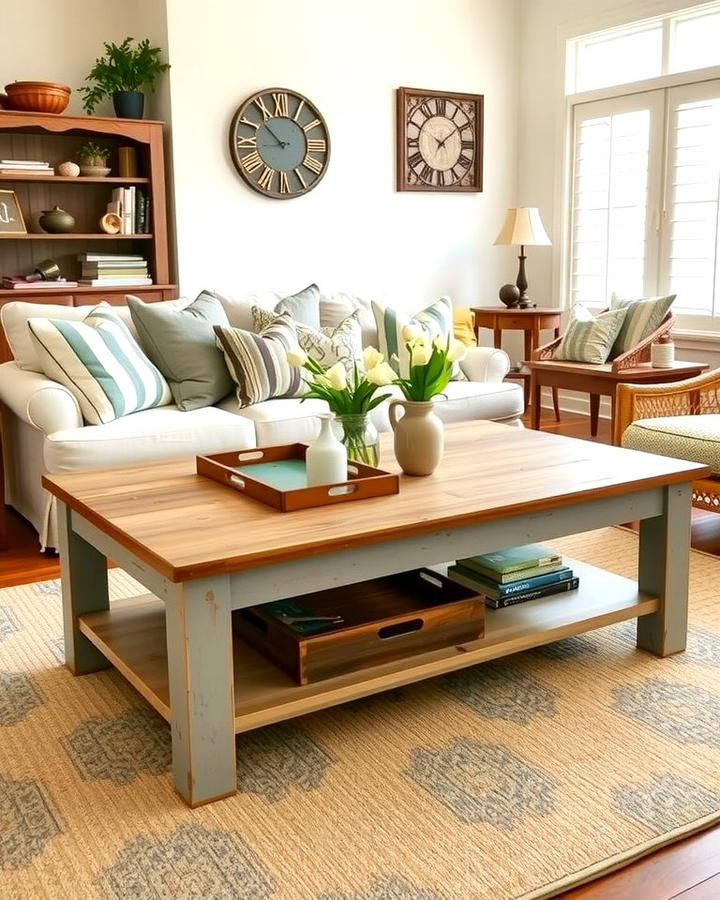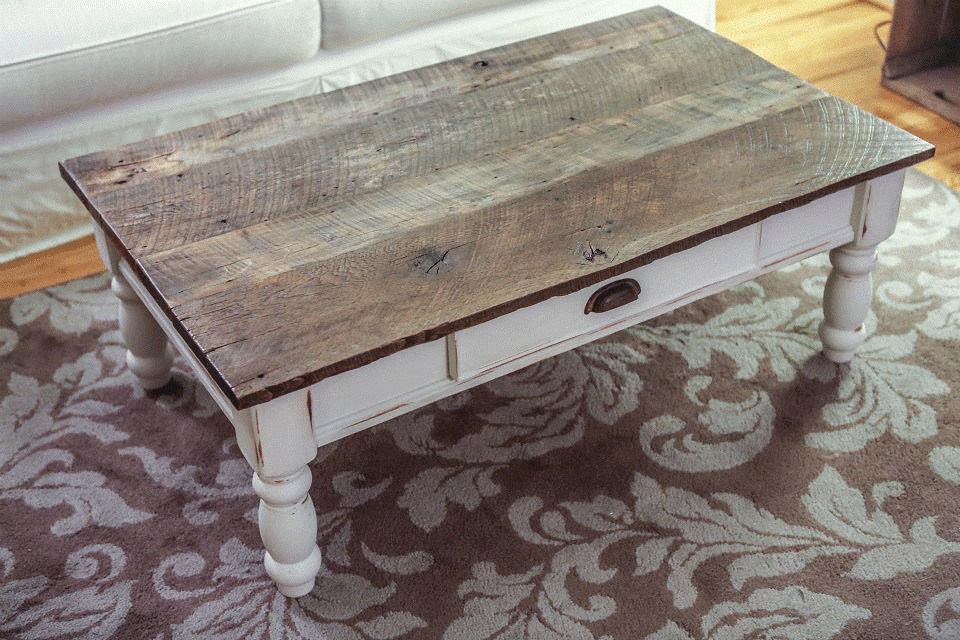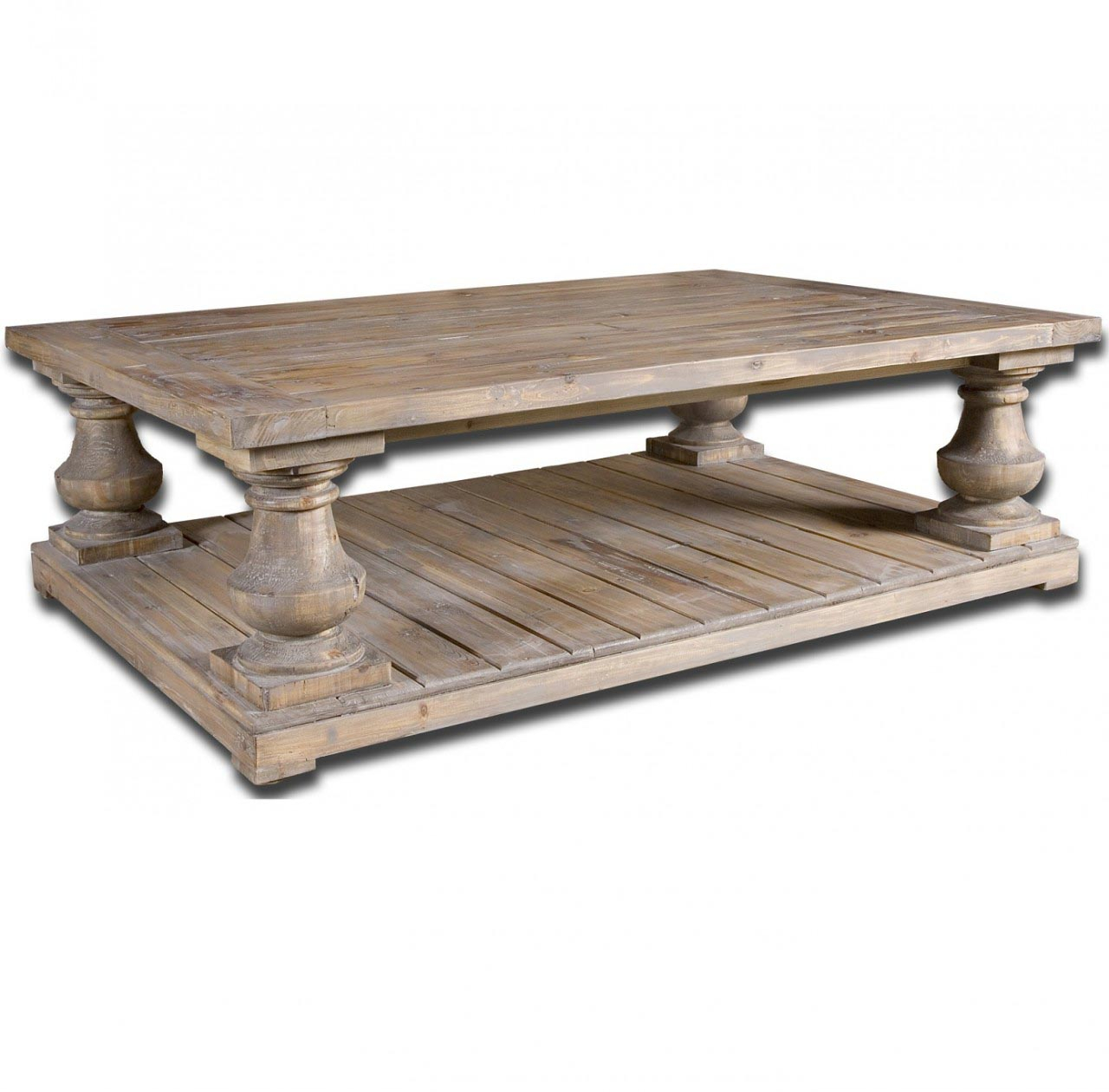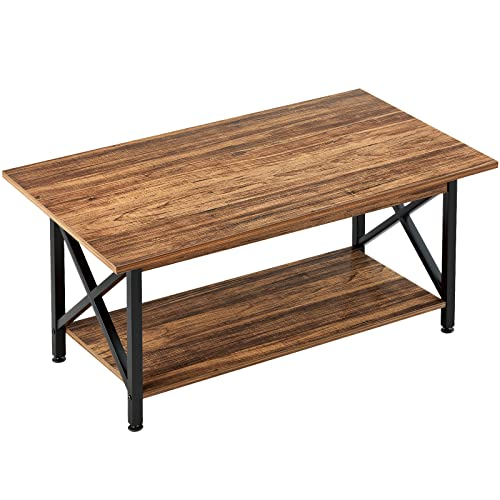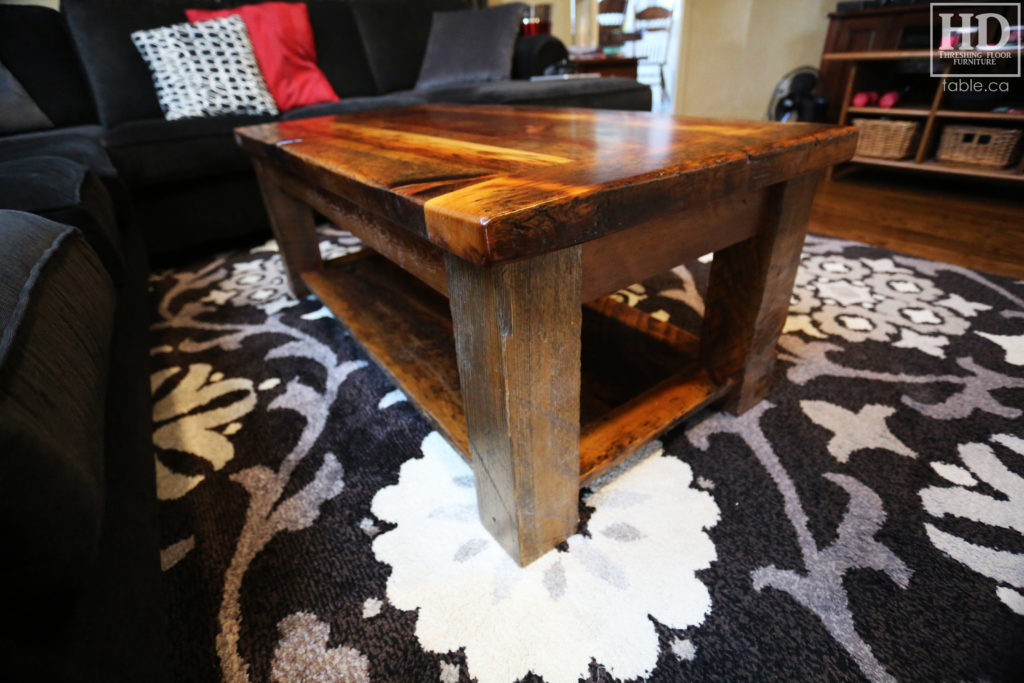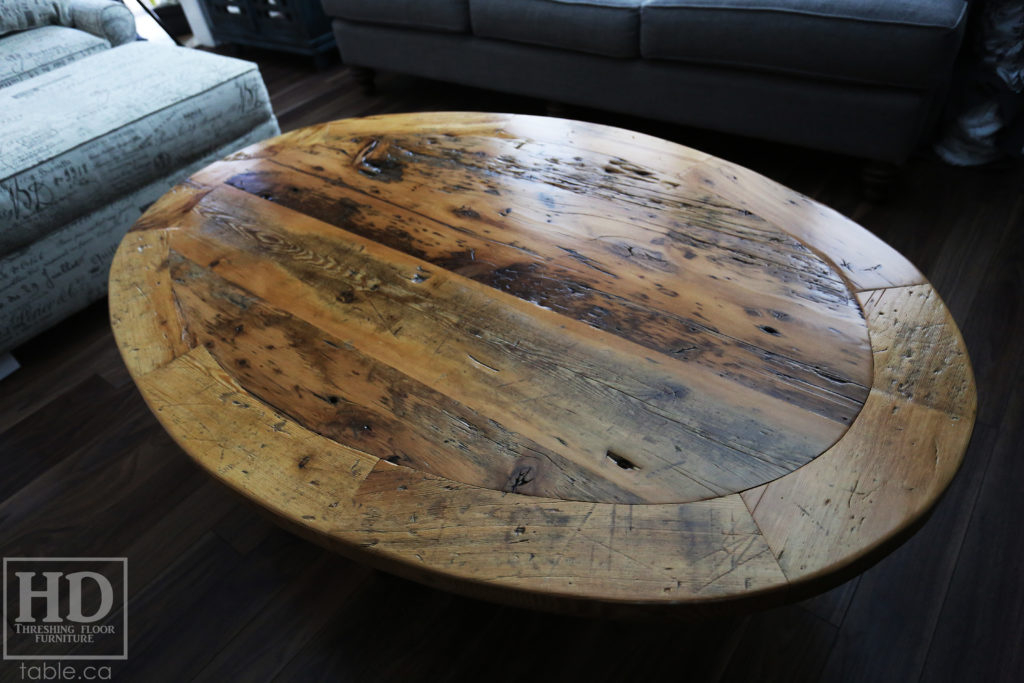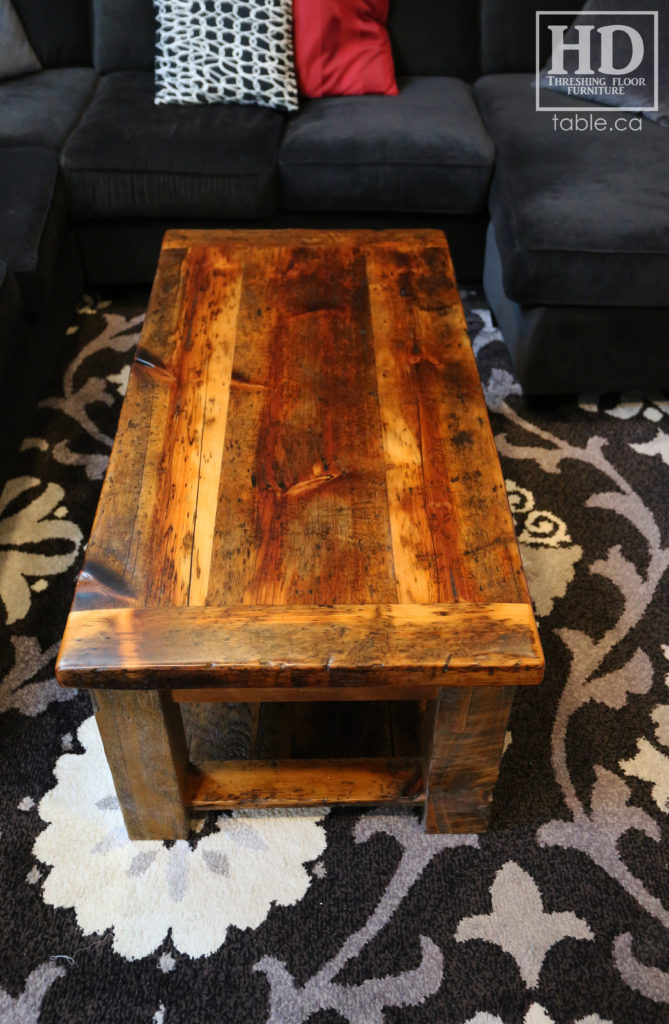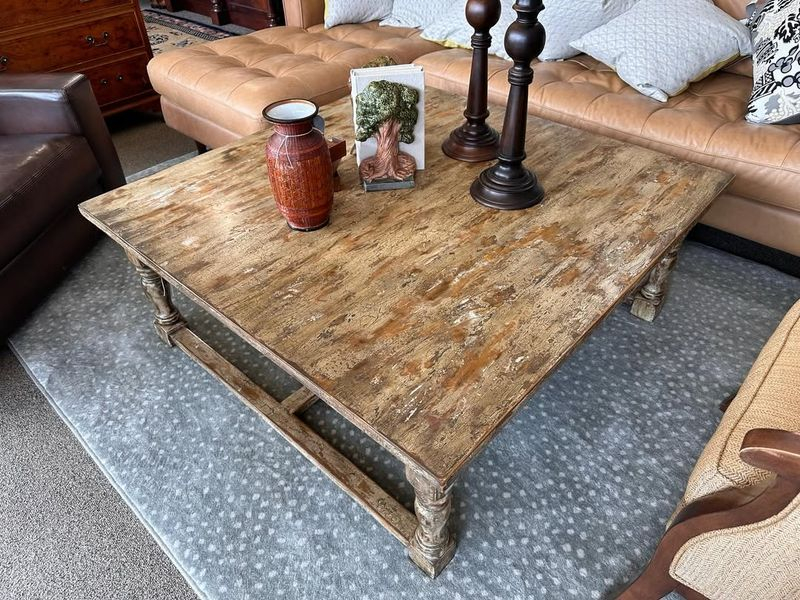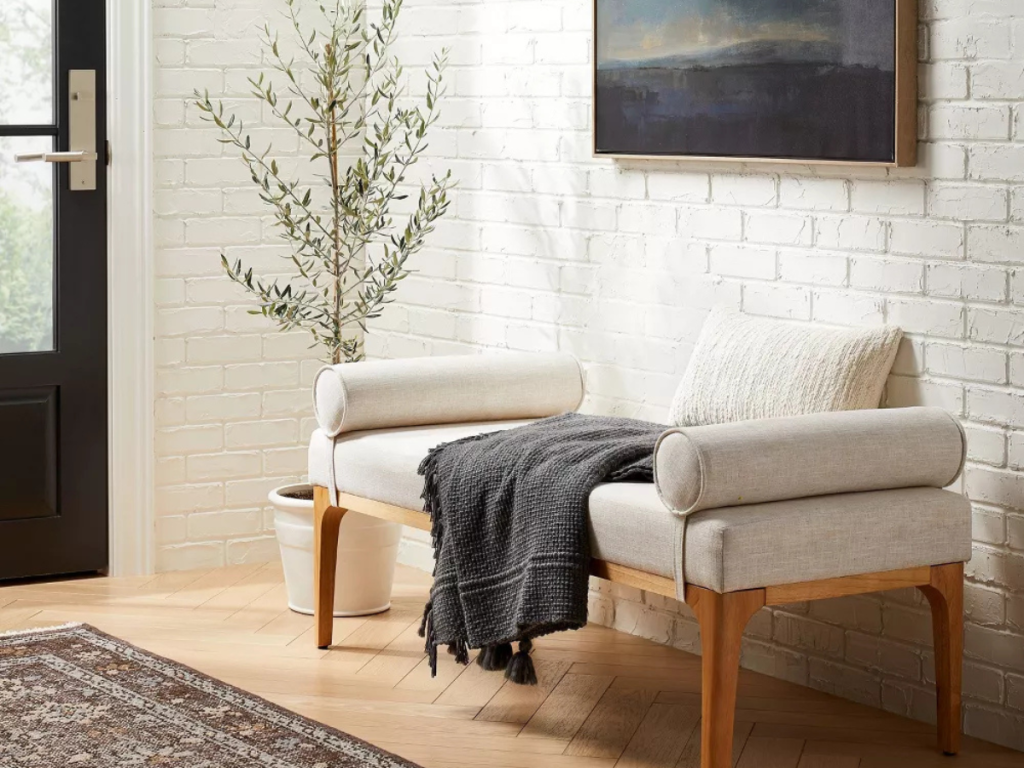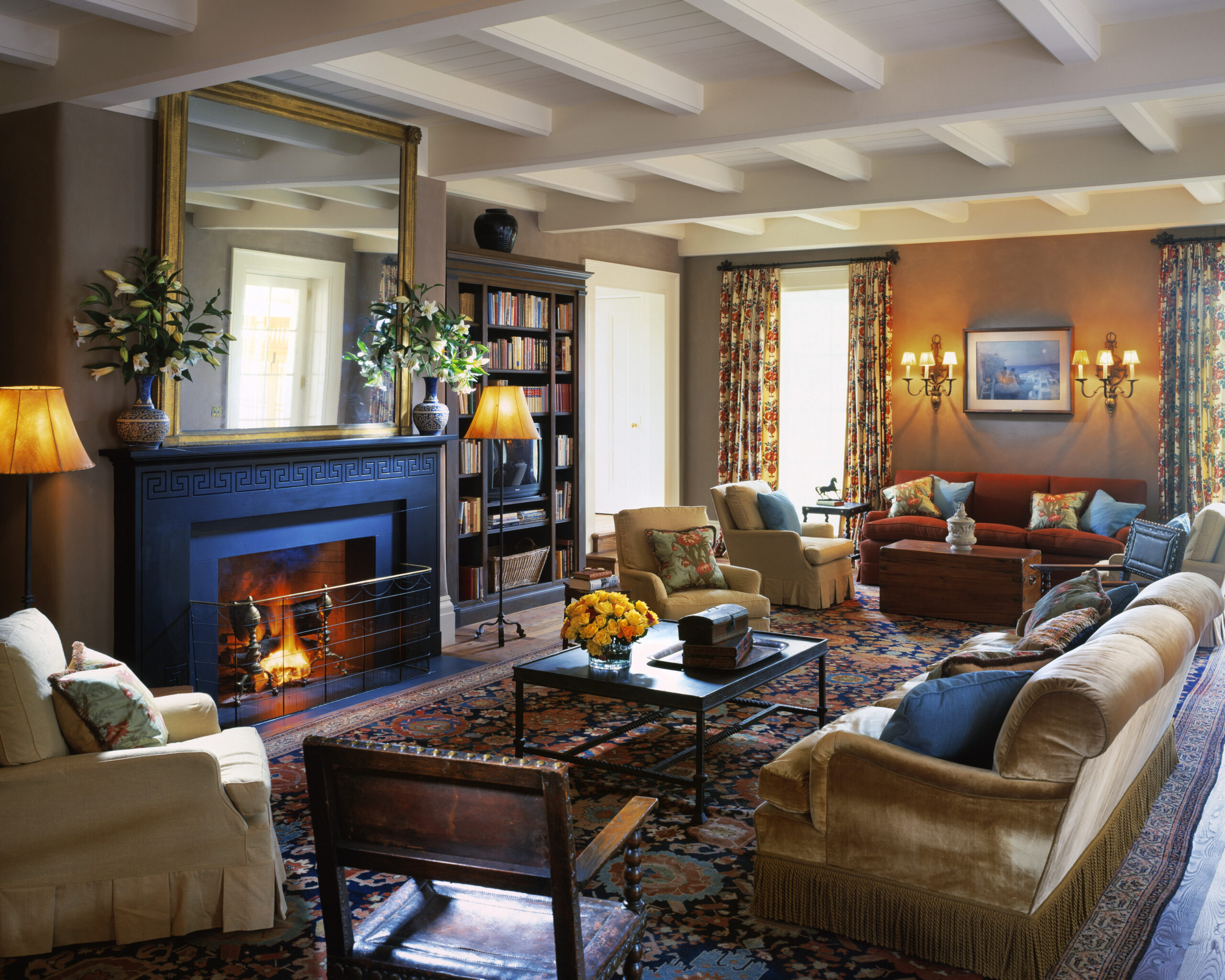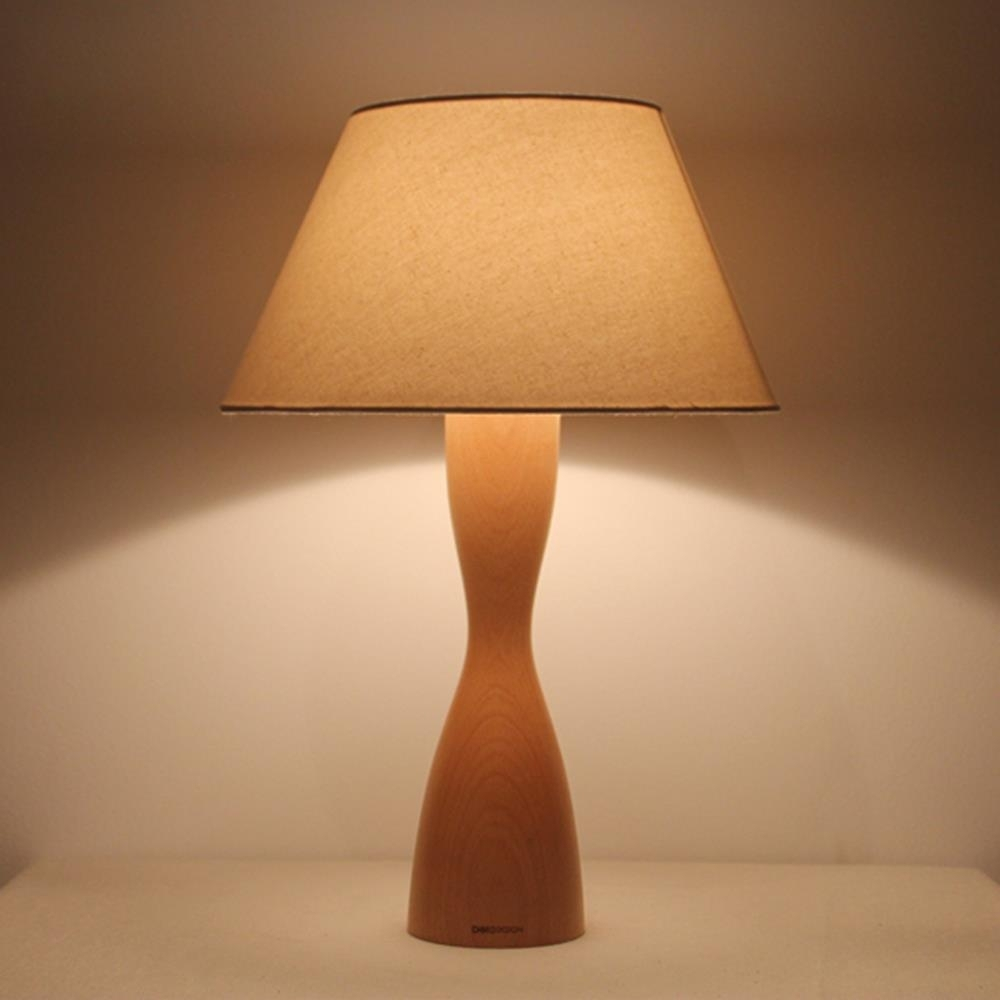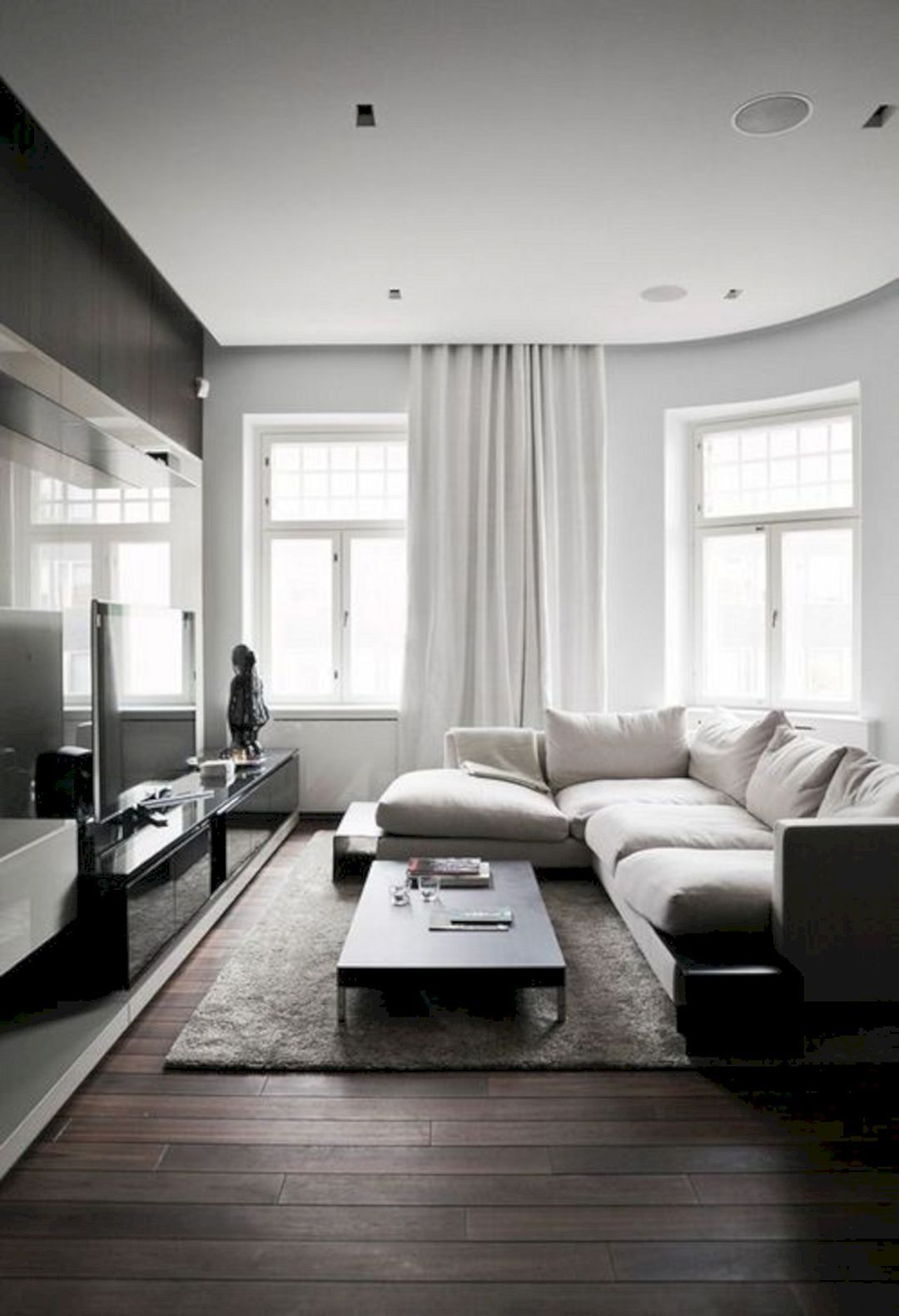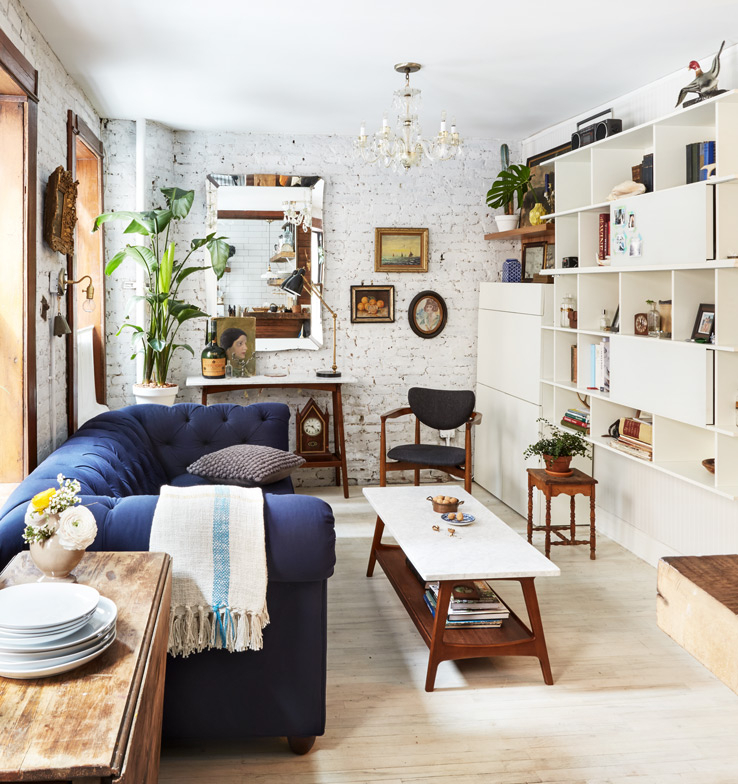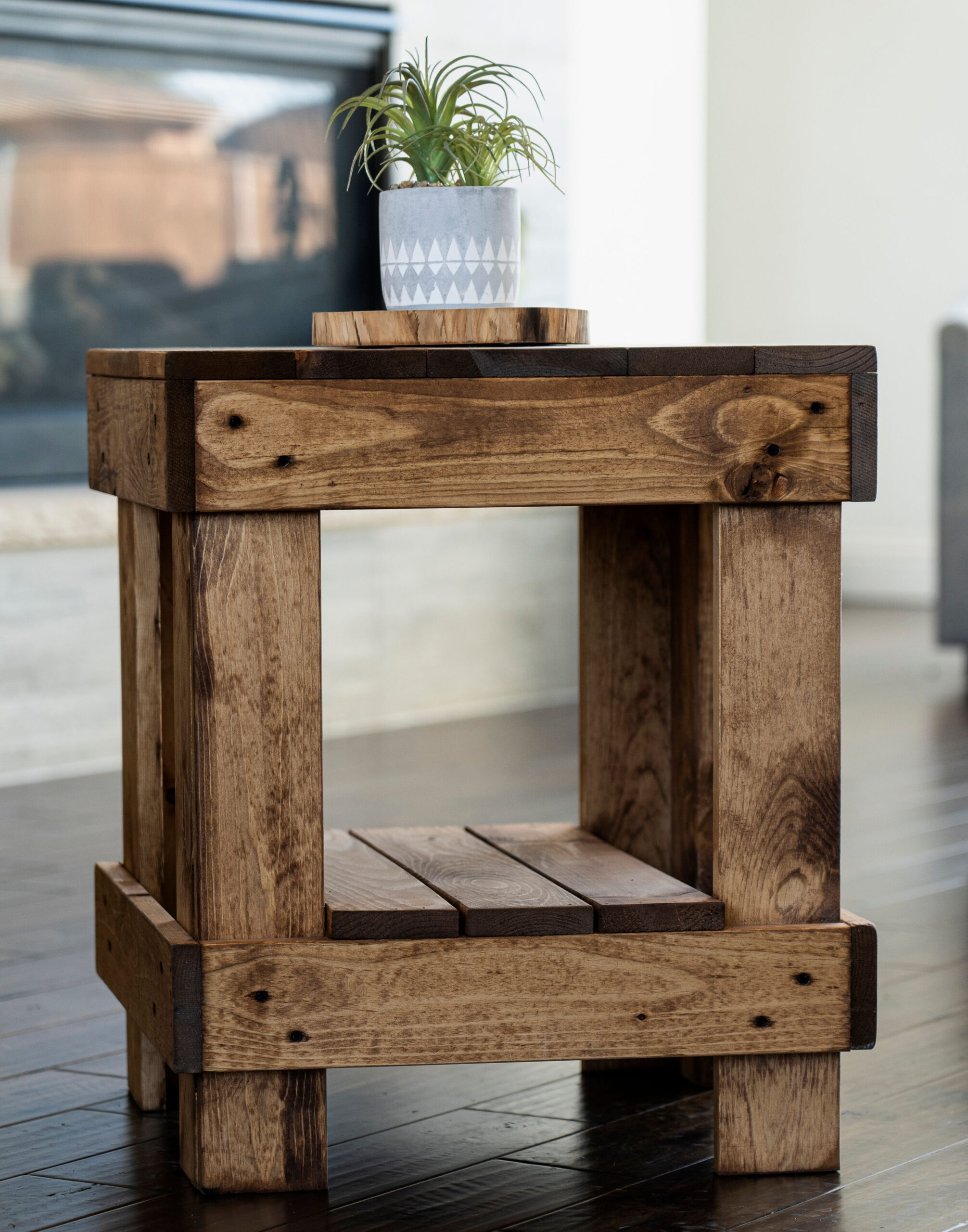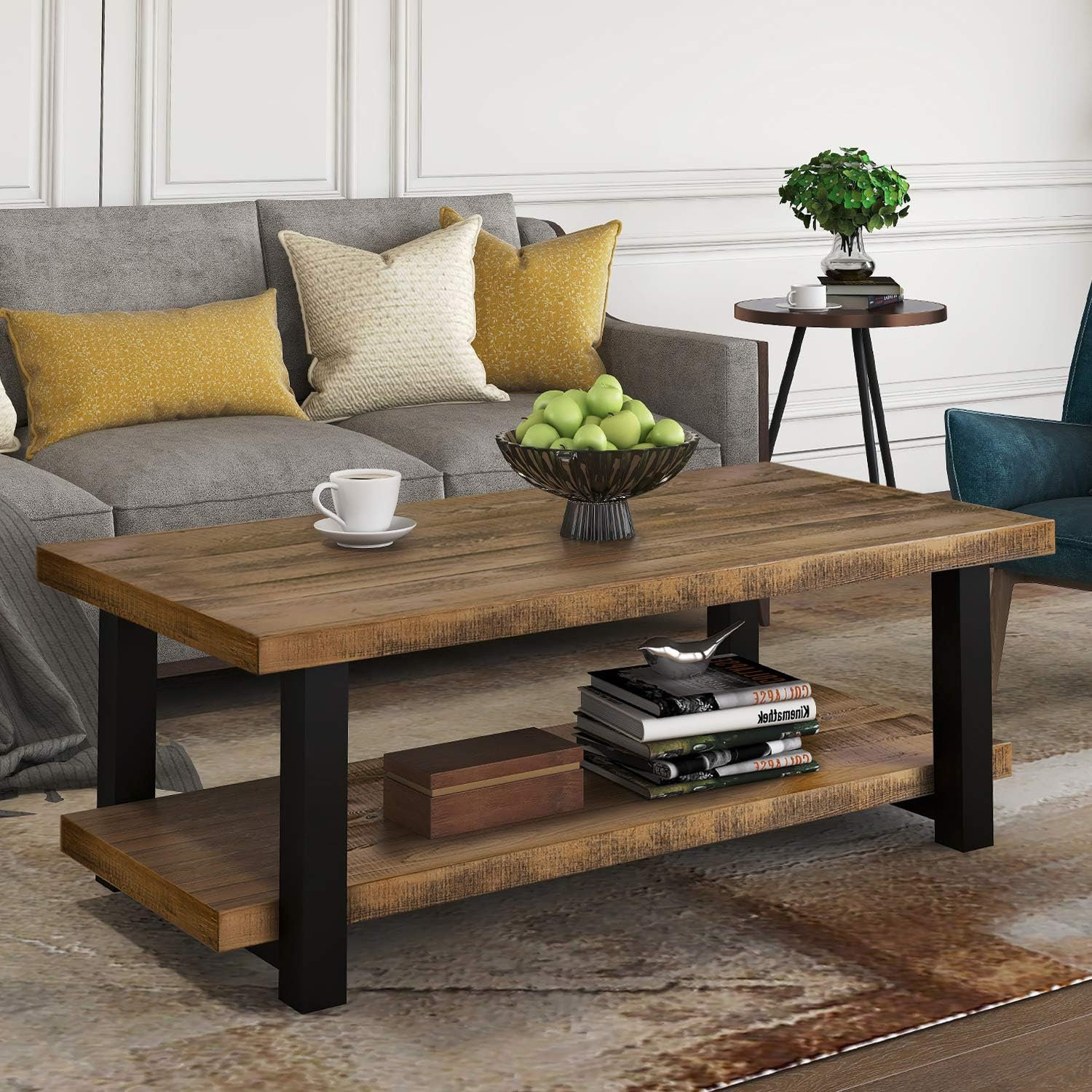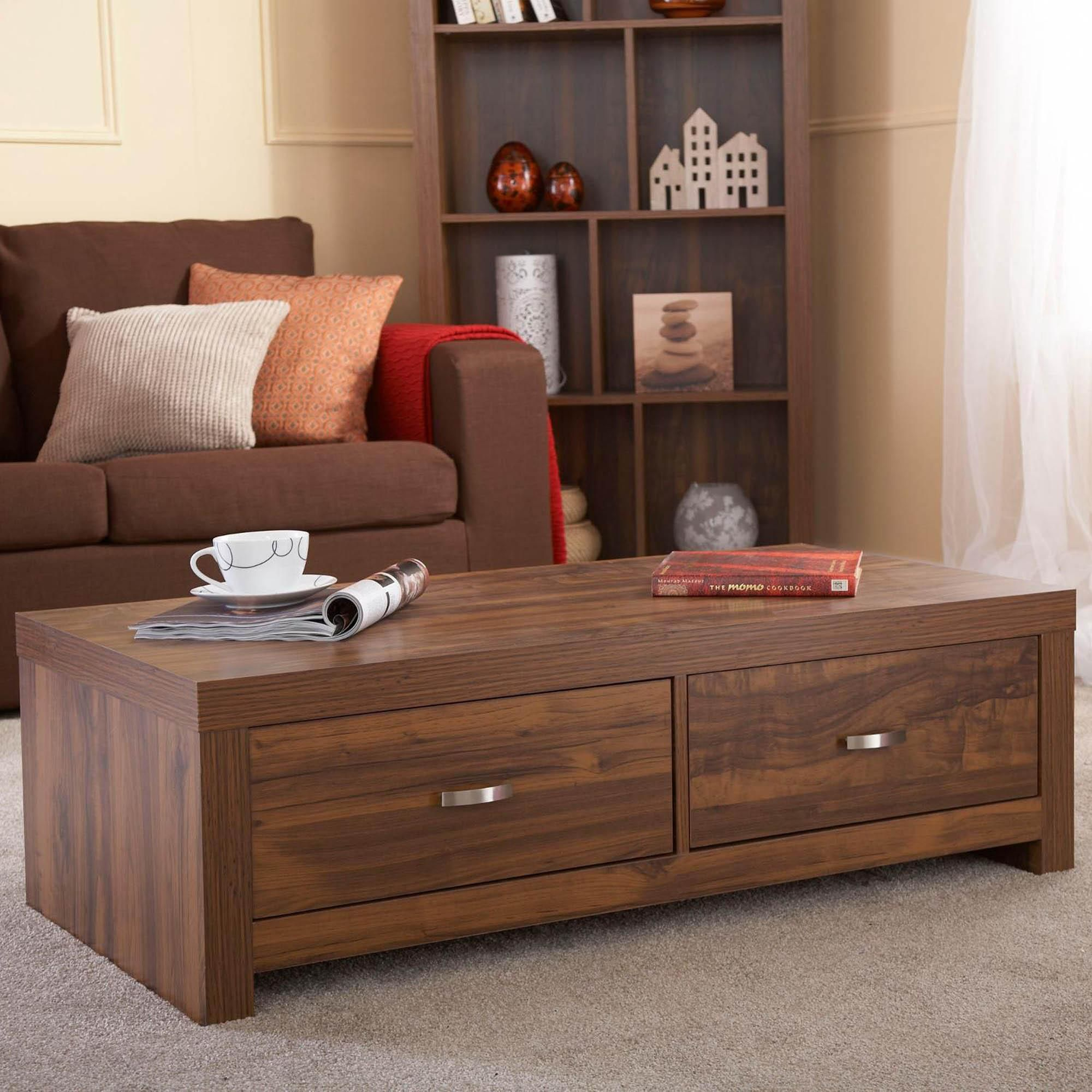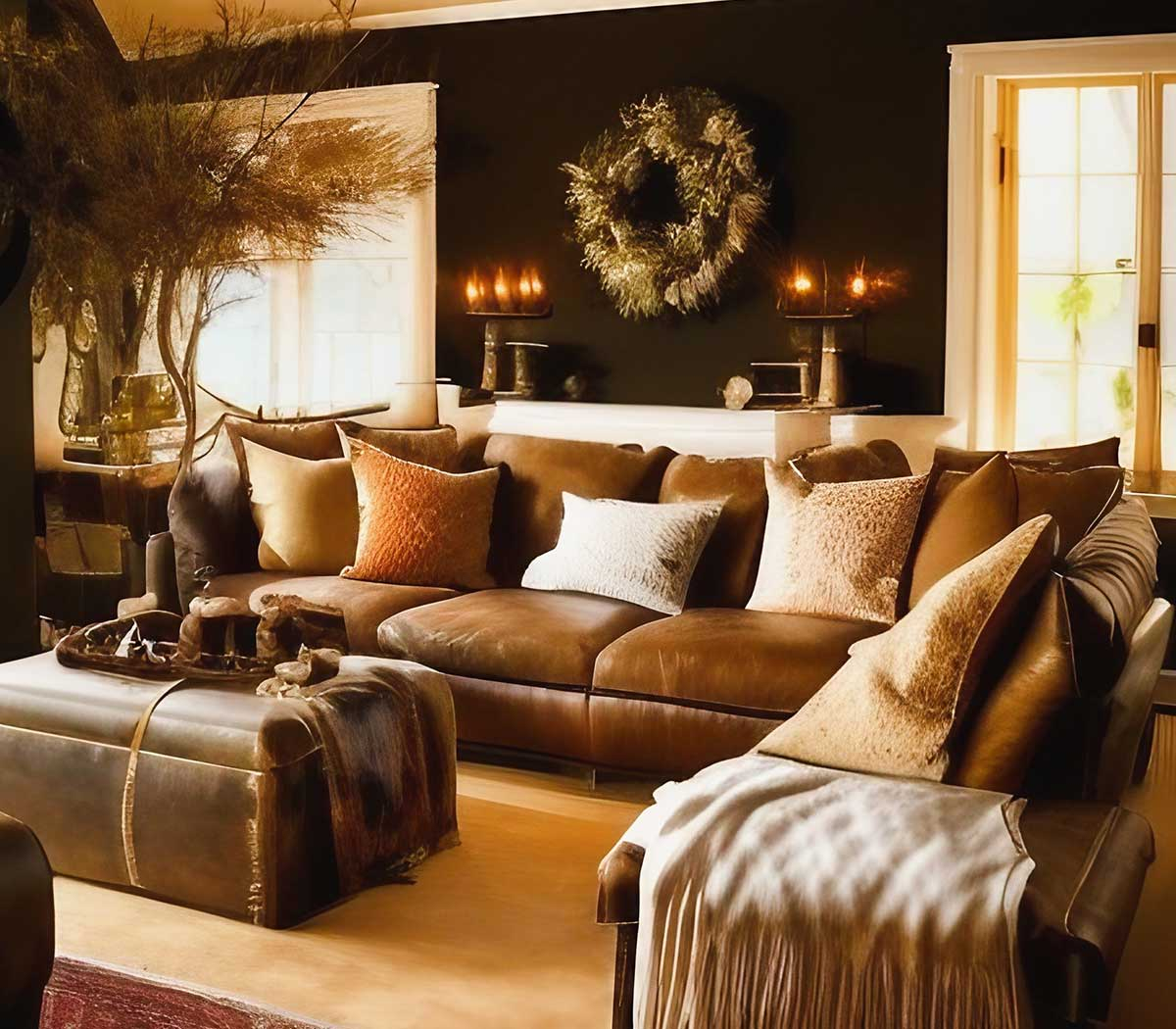Tired of the same old, same old? Craving a piece with a story, a bit of history, and a whole lot of personality? That’s where the magic of a distressed wood coffee table comes in. It’s more than just furniture; it’s a statement. It brings warmth, texture, and an undeniable sense of lived-in comfort to any room. But how do you pick the right one? Let’s dive in and find out how to select a distressed wood coffee table that truly sings in your home.
There’s something inherently inviting about distressed wood. It whispers tales of time, of hands that have touched it, of moments shared around it. A distressed wood coffee table is the perfect way to inject this kind of character into your living room. It’s a versatile piece that can bridge different design aesthetics, from farmhouse chic and bohemian vibes to industrial loft styles and even more modern, minimalist settings. But with so many options out there, from the type of wood to the specific distressing techniques, making the right choice can feel a bit overwhelming. This guide is here to simplify that process and help you find a table that not only looks stunning but also fits your lifestyle perfectly.
Understanding ‘Distressed’ – It’s Not Just Old
So, what exactly does ‘distressed’ mean in the world of furniture? It’s a finishing technique designed to mimic the effects of age and wear. Think subtle nicks, gentle dents, maybe a bit of crackling in the finish, or worn edges. It’s not about looking broken or damaged; it’s about adding a patina that suggests history and character. Manufacturers achieve this through various methods, like tumbling the wood, using special tools to create faux wear marks, or applying layered finishes that are then sanded back. The goal is to achieve an authentic, vintage feel without the potential downsides of truly antique furniture, such as structural issues or exorbitant costs. It’s a smart way to get that beloved aged look.
Choosing Your Wood Type: More Than Just Looks
The type of wood plays a significant role in both the aesthetic and durability of your distressed coffee table. Oak, with its prominent grain, takes well to distressing, often showcasing a beautiful rustic appeal. Pine is a softer wood, which means it can be easier to distress and often comes at a more budget-friendly price point; it can develop a lovely worn look over time. Reclaimed wood is a fantastic option if you’re looking for genuine history and sustainability. Each wood type will absorb stains and finishes differently, leading to unique variations in the final distressed look. Consider what kind of texture and grain pattern you prefer, as this will influence the overall feel of the table.
The Art of the Finish: Stain, Paint, and Beyond
The finish is where the real magic happens with distressed wood. You’ll find tables with natural wood stains that highlight the grain and the distressing, offering a warm, organic feel. White or gray washes are popular for a coastal or farmhouse look, softening the wood and making the distressed marks pop. Painted finishes, often in muted tones like cream, sage green, or a soft blue, with the paint rubbed off in places to reveal the wood beneath, are also incredibly charming. Some tables feature a combination of stains and paints, or even multiple layers of wax. When choosing, think about the existing color palette of your room and the overall mood you want to create. Do you want something light and airy, or dark and moody? The finish is your key to achieving that.
Matching Your Decor Style: Finding the Perfect Fit
This is where the fun really begins! A distressed wood coffee table is surprisingly adaptable. For a Farmhouse or Rustic style, opt for a table with a natural or lightly stained finish, perhaps with visible knots and a more pronounced distressed look. Think chunky legs or plank-style tops. For a Bohemian or Eclectic vibe, a table with a painted finish, maybe in an unexpected color, or one made from reclaimed wood with a unique history, would be perfect. If you have a more Industrial or Loft aesthetic, consider a distressed wood table paired with metal elements, like an iron base or drawer pulls. Even in a Modern or Transitional space, a single distressed wood piece can add a much-needed touch of warmth and organic texture, especially if the distressing is more subtle. The key is to let the table be a focal point and ensure its other design elements (like shape and hardware) align with your room’s overall style.
Practical Considerations: Size, Storage, and Durability
Beyond aesthetics, you’ll want to think about the practicalities. Measure your space carefully. A coffee table that’s too large can overwhelm a room, while one that’s too small can get lost. A good rule of thumb is that the coffee table should be about two-thirds the length of your sofa and sit about 14-18 inches away from it. Do you need storage? Many distressed coffee tables come with drawers or shelves, which are fantastic for stashing remotes, coasters, or magazines. Consider the durability of the finish, especially if you have young children or pets. Some finishes are more resilient to spills and scratches than others. A slightly more robust, sealed finish might be a better choice for high-traffic areas.
Where to Find Your Treasure: Shopping Tips
You can find distressed wood coffee tables in a variety of places. Large furniture retailers offer many options, often with different styles and price points. Independent furniture stores and boutiques might have more unique, handcrafted pieces. And don’t forget about online marketplaces and antique or vintage shops for true one-of-a-kind finds. When shopping, especially for vintage pieces, inspect the table for structural integrity. Check for wobbles, loose joints, and significant damage that might be difficult or expensive to repair. Read reviews if you’re buying online, and pay attention to the details of the distressing to ensure it matches your vision.
Choosing a distressed wood coffee table is a delightful journey into adding warmth, character, and a touch of history to your home. By considering the type of wood, the finish, how it ties into your decor, and practical needs like size and storage, you can find a piece that not only serves its purpose but also becomes a beloved focal point in your living space. Don’t be afraid to embrace the imperfections; they’re what give these tables their unique charm and story. Happy hunting for your perfect distressed gem!

